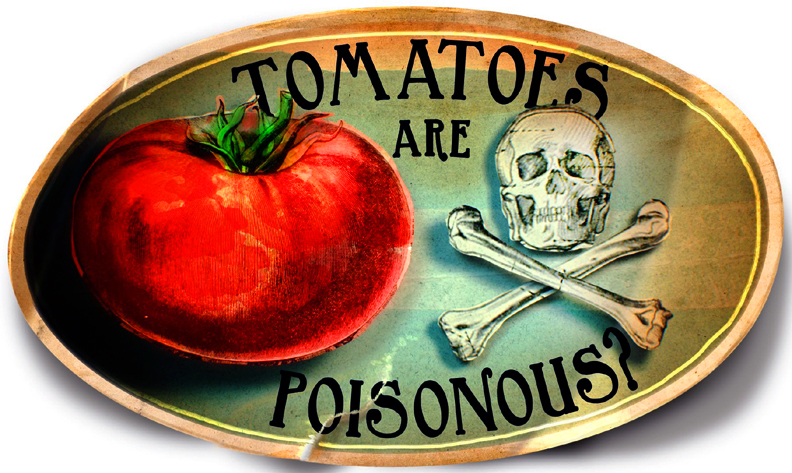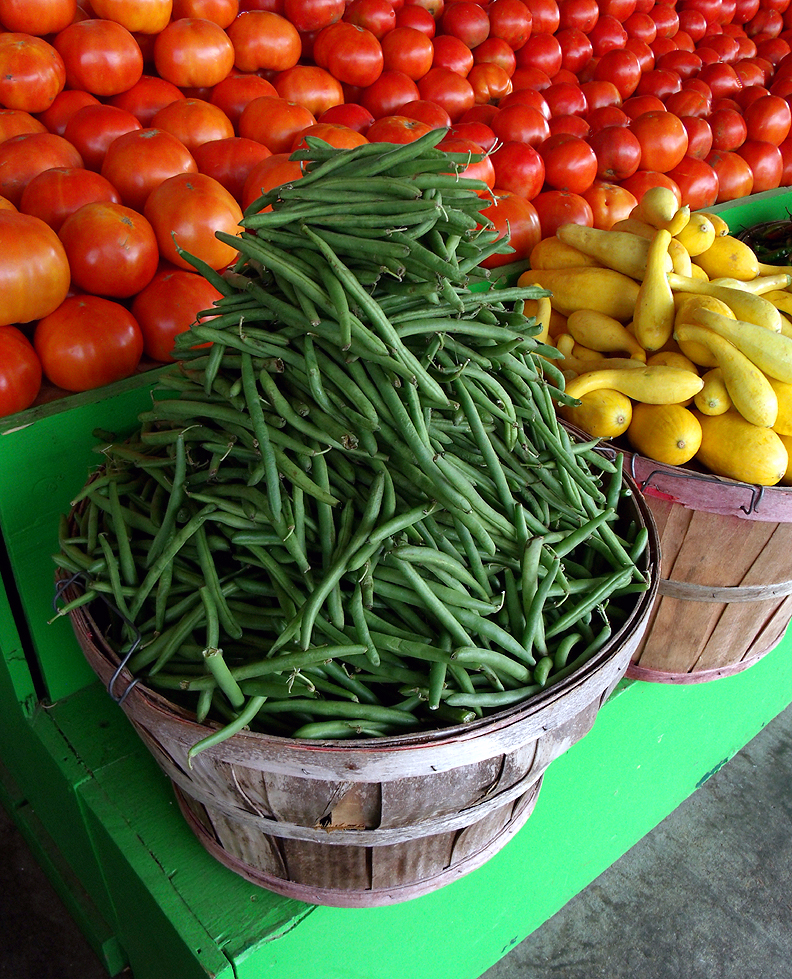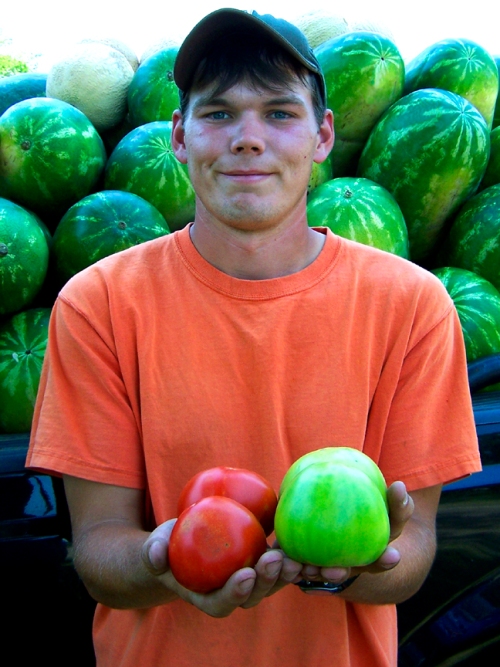Many years ago at a conference for Southern fiction at Ole Miss, I took umbrage at the inclusion of Bobbie Ann Mason’s splendid novel In Country because the author is from Kentucky, which I do not consider a Southern state. Kentucky was in the middle border during the Civil War, not a member of the Confederacy, nor are Missouri, West Virginia, Maryland, or Delaware.
When a family from Kentucky moved to my very small rural Mississippi town in the early 60s they were of course welcomed and quietly became members of standing in the community. With them they brought Swiss steak, which my adolescent mind tagged as a Yankee recipe. For some reason the Swiss designation slipped right over my little provincial Southern brain, probably more because for obvious reasons Switzerland held far less significance than THE NORTH. Anything Yankee was automatically suspect, and as such Swiss steak entered the nether category Reserved for Further Observation.
“To swiss” refers to processing for cotton fabrics for a smooth texture. Some food writers have taken a leap of faith and declared that because the cooking process renders a tough cut of meat smooth/tender, in English-speaking countries beef stewed with tomatoes is often called “Swiss,” but the ease and appeal this dish is world-wide.
Bread and fry thin trimmed cuts of top round until browned. Drain and place in a casserole with your favorite tomato sauce, and mild peppers, and onions. Bake covered at a medium temp until tender. Serve with buttered noodles or potatoes.







